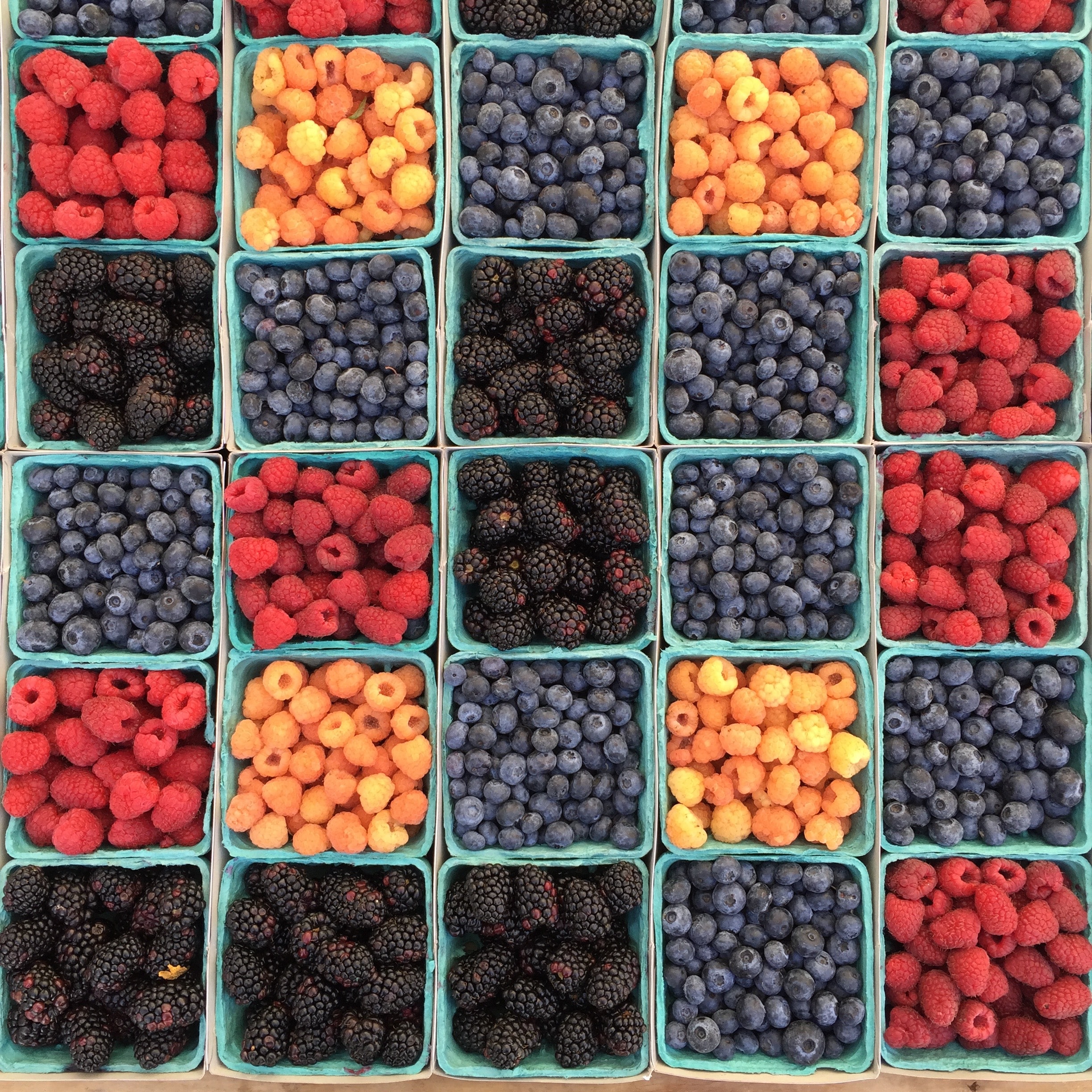The ketogenic diet has grown increasingly popular over the past decade, and for all the good reasons. Scientists all across the globe have debated on how efficient it is when used as a treatment for diabetes, and most have agreed that it works.
Additionally, the keto diet was also proven to be very effective when it comes to weight loss. However, a huge number of misconceptions arose when the leading scientists declared that further research is needed to dissect the benefits and potential drawbacks of the keto diet.
Today we’ll talk about the 7 most prominent keto diet misconceptions. Let’s dive right in!
1. Keto diet may lead to ketoacidosis
Just because the names share the same root, that doesn’t mean that two terms are correlated. The ketogenic diet is meant to break body fat into what’s called ‘ketone bodies’, which are later used as a source of energy.
Ketoacidosis is a very complex and oftentimes life-threatening complication of diabetes disease. The body produces a massive level of ketones (blood acids), which typically happens when the body cannot produce a sufficient quantity of insulin. A Keto diet can actually help prevent, or at least slow the effects of ketoacidosis, as it was (and still is) used as one of the main treatments for diabetes.
2. Diets without variety can be bad for health
Eating only a few types of food can certainly be uncomfortable, although that does not necessarily mean that it’s hazardous in any way. There are numerous foods that contain high amounts of healthy fats, such as avocados, most kinds of cheeses, dark chocolate, whole eggs, and nuts.
Eggs and cheese also contain sufficient quantities of protein; add a bit of fish here and there, and you get a varied, tasty keto diet.
If you’re up for it, you can even bake your own keto cookies. Dark chocolate chips are generally great, use coconut flour for the dough, and use liquid Stevia as a sweetener; the baking process is identical to baking regular cookies.
3. Vegetables and fruits are off the menu
It’s true that the main premise of the keto diet is to avoid high-carb foods, plenty of vegetables are low in carbohydrates. Bell peppers, for instance, are quite nutritious and contain minimal carbs. Broccoli, asparagus, several types of mushrooms, spinach, and avocados are also low in carbs.
Additionally, cauliflowers, green beans, lettuce, garlic, cucumbers, and tomatoes are also fairly low in carbs.
Blackberries, strawberries, and raspberries are also low in carbs, although blueberries are moderately high. Lemons, coconuts, and watermelons are some of the lowest-carbs fruits; clementine, cherry, peach, and orange are also fairly low on the list.
Grapes, bananas, mangos, and pineapples are rich in carbohydrates and should therefore be avoided. A few pears won’t hurt your progress, although an apple a day could.
4. People on the ketogenic diet are starving all the time
One-minute research on the keto diet reveals that it’s all about eating high-fat and moderately high-protein foods. Most diet plans are against them, and objectively speaking, high-fat meals are generally pretty tasty.
A cup of yogurt, a slice of cheese, a few whole eggs, and a cup of almonds next to a roasted duck is a schoolbook example of a keto meal, so it would be an understatement to label it as eclectic.
5. Keto diets are exclusively meant for people who want to lose weight
This misconception is completely false. While keto diets are great for burning fat, the part where it gets converted into readily available energy means that they are also perfect for athletes.
Although professional athletes need a steady supply of carbs balanced with other nutrients, keto diets are based on healthy fats and protein, both of which are building blocks of muscles.
6. It’s a sure-fire way to drastically lose weight
Although the ketogenic diet does offer you the means to balance your weight, it’s easy to get sidetracked by mistaking healthy-fat foods with bad-fat foods. It’s easy to fall into a trap of wanting to eat a few boiled eggs after a week of eating them whole, for instance.
Just like with any other diet, for it to be effective you need to have some restraint and endure the temptations that will certainly come along the way.
7. Eating fats and leaving carbs out can’t possibly help you lose weight
It does sound counterintuitive, but eating high-fat foods can help you lose weight significantly. The emphasis is put on ‘healthy’ fat foods, which means that more than a few meals are to be written off the list.
By combining regular exercises, resting at the right time, and picking the right ingredients for your meals, even high-fat foods can lead to weight loss.
Guest Article Written By Caroline Hawkins, Keto Connect



